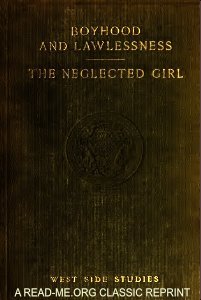By Luis Alonso-Armesto. Julio Cáceres-Delpiano, Warn N. Lekfuangfu
This study examines the impact of increasing the Minimum Legal Drinking Age (from 16 to 18 years old) on the academic performance, substance use, and peer behaviours of teenagers. Using a difference-in-discontinuities design, we exploit regional MLDA reforms in Spain and PISA data to identify significant improvements in mathematics and science performance, particularly among male teenagers and those from lower socioeconomic backgrounds. A complementary analysis using data from the Survey on Drug Use in Secondary Education in Spain indicates that these academic gains coincide with reductions in alcohol consumption, intoxication, smoking, and marijuana use, suggesting a link between substance use and educational outcomes. Moreover, the reform led to less drinking and less use of illicit drugs within peer networks, highlighting the amplifying role of peer effects in policy impact.
IZA DP No. 17772
Bonn: IZA – Institute of Labor Economics , 2025. 55p.





